Pitching wireless lavalier microphone systems in the B2B distribution market requires clarity, confidence, and a...
What Is a Wireless Lavalier Microphone System and How It Works
A wireless lavalier microphone system is a compact, hands-free solution designed for performers, speakers, and professionals who need both mobility and high-quality sound. Unlike traditional wired microphones, these systems use radio frequencies to transmit sound wirelessly. Understanding how it works involves exploring the core wireless mic components such as the transmitter, receiver, and the microphone capsule itself. Whether you’re filming a documentary, teaching in a classroom, or conducting a business seminar, this mic system provides freedom of movement without sacrificing sound quality.
The Core Concept – How It Works
A wireless lavalier microphone system functions by transmitting audio signals from a small lapel microphone (usually clipped to clothing) to a receiver via radio frequencies. Here's a step-by-step of how it works:
Signal Flow
1. The microphone picks up the sound.
2. The transmitter (often body-worn) converts the analog signal to a radio signal.
3. That signal is sent wirelessly to the receiver.
4. The receiver then delivers the signal to an audio mixer, speaker, or recording device.
Battery Power
Both transmitter and receiver require power, usually through AA or rechargeable batteries. Battery life varies by system, with professional units offering up to 10 hours of usage.
Frequency Modulation
Systems typically operate in UHF or VHF frequency bands, avoiding signal dropouts and interference.
Essential Wireless Mic Components
To fully understand how a wireless lavalier microphone system operates, it's crucial to examine its primary parts:
Component Function
Lavalier Microphone Captures voice or sound
Transmitter Sends the signal wirelessly to the receiver
Receiver Collects and delivers audio to output device
Antenna Boosts signal strength and clarity
Other components may include windscreens, clips, and audio interface adapters, especially for DSLR cameras or smartphones.
How to Set Up a Wireless Lavalier Microphone System
Setting up a wireless lav system is straightforward:
1. Connect the mic capsule to the transmitter.
2. Clip the mic on the collar, lapel, or shirt pocket.
3. Turn on both units (transmitter and receiver).
4. Select a matching frequency/channel on both.
5. Run a soundcheck to test volume, gain, and clarity.
6. Connect receiver output to your camera, audio mixer, or speaker.
Types of Wireless Lavalier Microphone Systems
Wireless systems vary based on frequency and signal type:
Analog vs. Digital
Analog systems are more affordable but prone to interference.
Digital systems offer clearer sound, encryption, and better dynamic range.
VHF vs. UHF
VHF (Very High Frequency): Budget-friendly, short-range.
UHF (Ultra High Frequency): Industry standard, longer range, better for crowded environments.
Use Cases and Industries Using Lavalier Systems
A wireless lavalier microphone system is used across many sectors:
Film & Television: Actors remain mobile while mics stay hidden.
Education: Teachers can move around freely in classrooms.
Broadcasting: Reporters use them for live TV.
Corporate Events: Keynote speakers maintain professional audio.
Worship & Stage Productions: Ideal for hands-free performance.
Pros of Using a Wireless Lavalier Microphone System
✅ Unrestricted movement – no tangled wires.
✅ Professional appearance – discreet and low-profile.
✅ Quick setup – minimal gear.
✅ Versatile applications – usable indoors and outdoors.
Limitations and Challenges
No tech is perfect. Some drawbacks include:
Battery dependency – always need backups.
Frequency interference – especially in urban environments.
Mic rustling – poor placement can distort sound.
Limited range – cheaper models have restricted transmission distance.
Tips for Optimizing Wireless Lavalier Mic Performance
Choose clean frequencies – avoid interference.
Use high-capacity batteries – for reliability.
Position the mic properly – reduce clothing rustle.
Keep firmware updated – especially for digital systems.
Comparing Wired vs. Wireless Lavalier Microphones
Feature Wired Lavalier Wireless Lavalier
Mobility Limited Unlimited
Setup Time Quick Moderate
Signal Reliability Very high Variable
Cost Lower Higher
Use Cases Static setups Live performance, interviews
Innovations in Wireless Mic Technology
The wireless lavalier microphone system has evolved dramatically:
Auto frequency scanning – reduces setup time.
Bluetooth connectivity – easier device pairing.
Noise cancellation chips – for studio-grade audio.
Encrypted transmission – crucial for security in broadcasts.
What to Consider When Buying a Wireless Lavalier System
Before purchasing, ask:
What’s the range and battery life?
Is it compatible with my existing gear?
What’s the frequency band (UHF preferred)?
Is the system digital or analog?
What is the build quality and warranty?
Custom Wireless Mic Solutions for Brands & Manufacturers
As a custom microphone factory, we offer OEM/ODM services for brands seeking unique designs or private-label mic systems. With full control over component selection, design, and testing, we provide tailored wireless lavalier microphone system solutions for various industries — from broadcast media to educational technology.
Contact us today to create your own wireless mic line built to your specs.
Popular Brands and Industry Leaders
Some well-known players in the wireless mic space include:
Sennheiser – industry gold standard.
Shure – top for live and studio sound.
Rode – loved by vloggers and YouTubers.
BOYA & Comica – great budget options for creators.
Frequently Asked Questions (FAQs)
1. How farcan a wireless lavalier microphone system transmit?
Most professional systems offer 100 to 300 feet of range. Factors like walls and frequency band impact performance.
2. Can a wireless lavalier mic be used with smartphones?
Yes, with adapters. Some systems are built specifically for mobile use.
3. How long do the batteries last?
Generally 4–10 hours, depending on the brand and usage.
4. Do wireless mics work with Bluetooth?
Some new systems incorporate Bluetooth, but traditional ones rely on RF transmission.
5. What frequency should I use?
UHF frequencies are more stable and less crowded than VHF or 2.4GHz.
6. Is a wireless mic system safe for health?
Yes, they operate within safe frequency ranges approved by regulatory bodies like the FCC.
Conclusion
A wireless lavalier microphone system is an indispensable tool for today’s mobile content creators, educators, performers, and professionals. By understanding how it works and mastering the use of its wireless mic components, you unlock clearer, hands-free communication in any environment. Whether you’re investing in one for personal use or designing a branded system for mass production, these systems offer scalable quality and unmatched freedom.


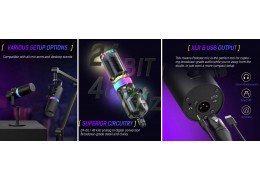
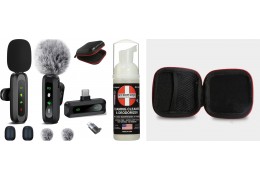
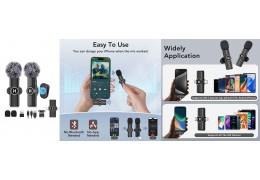
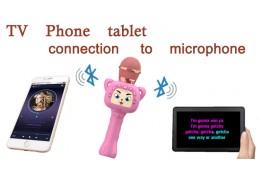

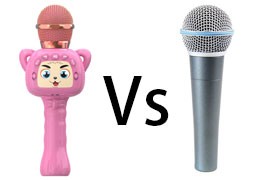





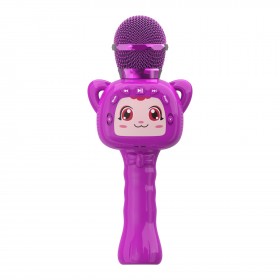
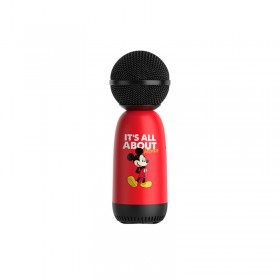
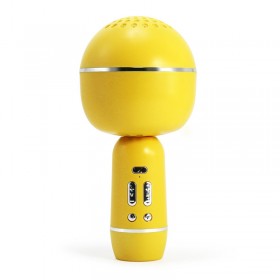
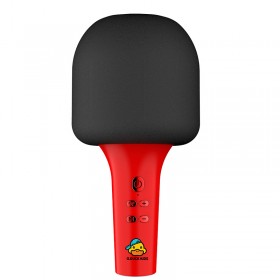


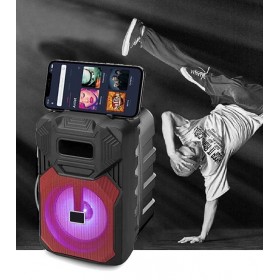

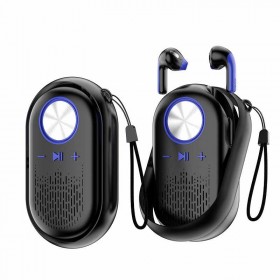

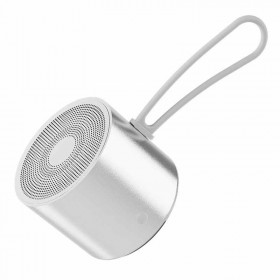

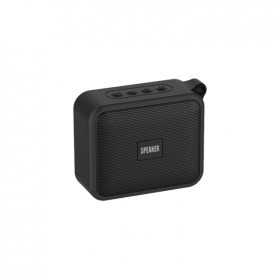
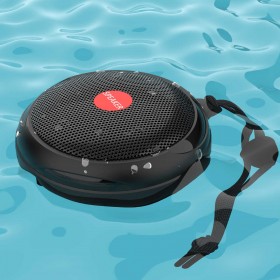
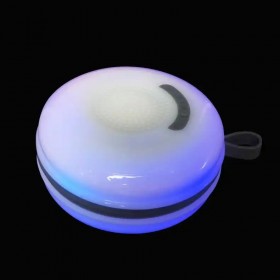
Latest comments